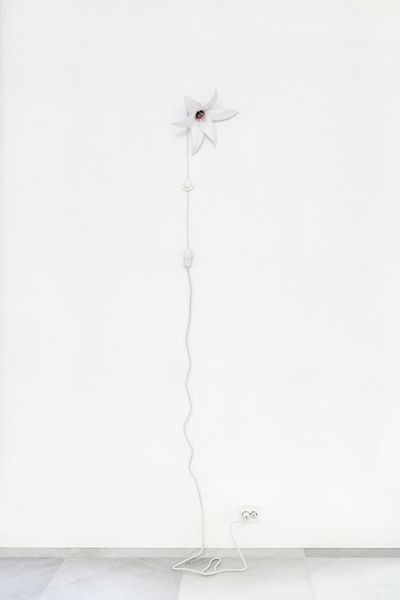In No OrderEloise Hawser, Frida Orupabo, and Bruno Zhu
Press release
In No Order brings together the work of three artists dealing extensively with image archives and issues of representation in their work, across questions of queerness, gender and race.
Several of the works also deal with abstraction, recomposition and collaging— a reimagining or piecing together of new works from indexical process and measurement driven data.
Previous works by Eloise Hawser have examined waste cycles and the transformative processes that take place when disposing of household trash. In an ongoing project called Presstracker, Hawser has explored British newspapers over 500 days of Covid-19 related lockdowns in the UK amassing an archive that will be used for future works. One component of this project are discarded lithographic plates used to print newspaper pages that Hawser has collected from a metal recycling plant thereby extracting them from the disposal process. The plates occupy both the starting and final phases of the news cycle, on the one hand inextricably linked to the ‘breaking news’ it printed, on the other, a by-product broken up, melted down, and recirculated in the waste economy.
Similarly building a large archive from images in circulation, and trained as a sociologist Nigerian/Norwegian artist Frida Orupabo’s practice began as an image archive on Instagram* (@nemiepeba) through which she shares photographs gathered from various news and media sources, as well as her personal life. These are often of unidentified black women. Over the past four years she has used these images as raw material, separating them into parts, before they undergo a process of reassembly: mixing and matching various heads, torsos and limbs together into figurative reconstructions.
Alienated and decontextualized from their original contexts these collages present new readings – on the one hand visualizing the traumas, pain and psychological deformities to which colonialism, classism, societal injustices and racism in all its forms, have given birth. What is internalized, the physical, residual, emotional and pyschic impact on others, on ourselves and our minds. Yet, through their reassembly and reconstruction control of the surface slips into the artist’s hands, and the gaze, a scrupulous instrument of power, is reframed as a tool for other possibilities and outcomes.
Reflecting on the representation of female black bodies historically, both the presence and absence of what is pictured Orupabo’s works speak to a specific set of circumstances, lived experiences, and viewpoints. Constructed in layers, her radical reworking of images breaks the two-dimensionality of the original photographs, distorting black bodies into images of abuse, violence, resistance and strength in their most confronting forms.
Amsterdam based Portuguese artist Bruno Zhu has a background in fashion design and his works in the exhibition explore indexical processes and the taxonomies of masculinity. Visualizing the results of a study freely available online, his ongoing series “Average (or Medium)” is a collection of handmade tailoring patterns that represent a flattening out of average genital sizes across nationality. For this exhibition, Zhu has adapted the pattern to the Norwegian average erect length (14.34 cm) based on a 1,80m tall male.
Zhu’s formal training as a tailor manifests here technically and conceptually: everything can be flattened into a pattern. Somewhat violently, the phallus is thus subjected to the very same flattening that fashion and photography operate on certain bodies: exposing it, dissecting it and rendering it manipulable and reproducible.
In another pattern (Broom, 2022), male genitalia is redrawn as a domestic broom, whimsically and somewhat longingly departing from the details of scientific research.
Also included in the exhibition is a light piece by Zhu (16:40 is an hour that haunts me, 2008-22) installed on the wall. The lamp shade is fashioned into a corset in the shape of a flower — eventually wilting when the lightbulb itself burns out.
Artist Biographies
Recent work and exhibitions by Eloise Hawser have investigated material histories, the history of industrial fabrication and used historical advancements in UK manufacturing techniques as a means to create new sculptural bodies and to imagine how sculptural bodies can be constituted and re-configured.
Her works demonstrate an interest in finding personal approaches to industrially fabricating objects while at the same time investigating the inner workings of such mass produced objects and internal structures.
Eloise Hawser lives and works in London. She is a graduate of the Staedelschule, Frankfurt and The Ruskin School of Art at Oxford, England. Solo and two-person exhibitions include: By the Deep, By the Mark, Somerset House, London; Lives on Wire, ICA, London; Sol Lewitt and Eloise Hawser, Vistamare, Pescara; Hawser / Hofer, MUMOK, Vienna and Haus de Braut, VI, VII, Oslo.
Selected group exhibitions include: The 16th Istanbul Biennial: The Seventh Continent, curated by Nicolas Bourriaud; The History of Nothing, White Cube, London; Europe, Europe, curated by Thomas Boutoux, Gunnar B. Kvaran and Hans Ulrich Obrist, Astrup Fearnly Museum, Oslo; Surround Audience: 2015 Triennial, New Museum, New York; The Weight of Data, Tate Britain, London; I am attracted none the less, their variousness, their ingenuity, their élan vital, and that something, essence quiddity, I cannot penetrate or name, Casey Kaplan, New York; Of Love, Pain, and Passioned Revolt. (Then Farewell, My Beloved, 'til It’s Freedom Day), Zero, Milan; One After One, Vilma Gold, London; Emotional Supply Chains, Zabludowicz Collection, London; Not Really, Really, an exhibition of works from the private collection of Fréderic de Goldschmidt, Brussels.
Hawser’s works are in numerous institutional collections including that of Tate Britain; MUMOK, Vienna, The Zabludowicz Collection and The Galleries Lafayette, Paris.
///
Frida Orupabo (b. 1986, Sarpsborg, Norway) lives and works in Oslo. Trained as a sociologist, her artistic practice is self-taught.
In the past Opupabo has collaborated with Arthur Jafa, a fellow artist with whom she has exhibited at the Serpentine Galleries (2017), Julia Stoschek Collection (2018) and Moderna Museet (2019). In 2019 she had her first solo institutional exhibition at Kunstnernes Hus in Oslo after presenting solo exhibitions at Gavin Brown’s Enterprise in New York and Galerie Nordenhake, Stockholm. Since then and her work has been the focus of solo exhibitions at Portikus
Her work was most recently seen in the 34th Sao Paulo Biennial, and in a solo exhibition at the Museo Afro Brasil, Sao Paulo.
///
Bruno Zhu (b. 1991 in Porto, Portugal) is an artist living and working between Amsterdam and Viseu. Through fashion design, self-publishing and scenography Zhu engages with fiction to cut across, stitch through and write against normative alignments of knowledge production and social reproduction. Recent projects include commissions for HALLE FÜR KUNST Steiermark in Graz, X Museum in Beijing, Fri Art Kunsthalle in Fribourg, UKS in Oslo, and Kunsthalle Lissabon in Lisbon. Zhu is a member of A Maior, a curatorial program set in a home furnishings and clothing store in Viseu, Portugal.
In No Order

In No Order
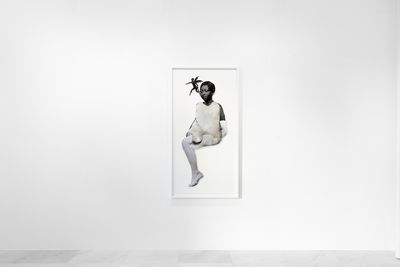
In No Order

In No Order
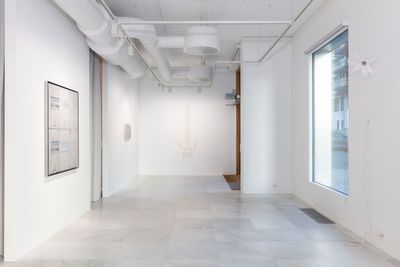
In No Order
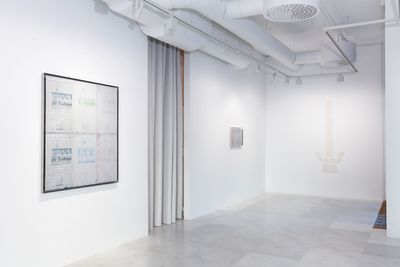
In No Order

Frida Orupabo, Untitled, 2022
Paper collage
138 × 58 cm (54 ⅜ × 22 ⅞ inches)
Paper collage
138 × 58 cm (54 ⅜ × 22 ⅞ inches)
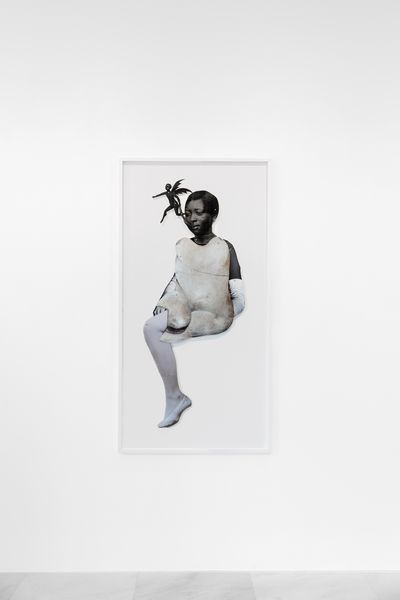

Frida Orupabo, Untitled, 2022
Paper collage
138 × 58 cm (54 ⅜ × 22 ⅞ inches) (54 ⅜ × 22 ⅞ inches)
Paper collage
138 × 58 cm (54 ⅜ × 22 ⅞ inches) (54 ⅜ × 22 ⅞ inches)
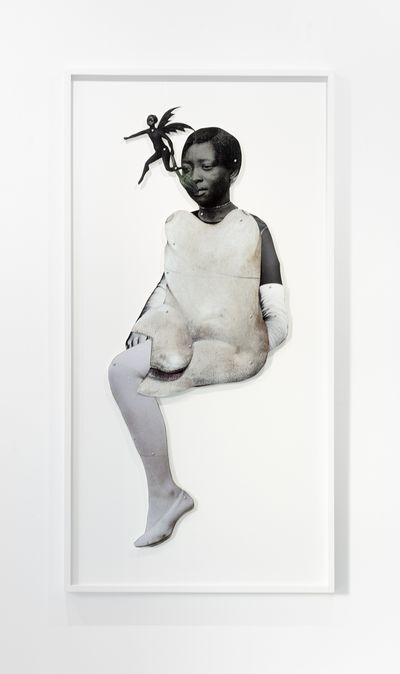

Eloise Hawser, divided kingdom, 13:12:2020, 2021
Found lithographic plate, customized frame
40.7 × 63 × 4 cm (16 × 24 ¾ × 1 ⅝ inches)
Found lithographic plate, customized frame
40.7 × 63 × 4 cm (16 × 24 ¾ × 1 ⅝ inches)
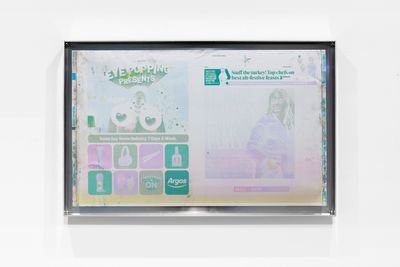

Eloise Hawser, Semi darkness (14:01:2021), 2021
6 found lithographic plates, customized frame
122 × 114 × 4 cm (48 × 44 ⅞ × 1 ⅝ inches)
6 found lithographic plates, customized frame
122 × 114 × 4 cm (48 × 44 ⅞ × 1 ⅝ inches)
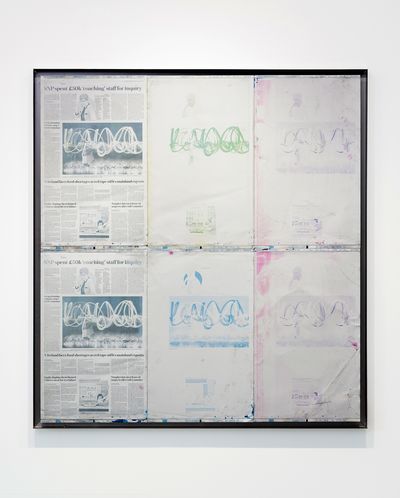

Eloise Hawser, Semi darkness (14:01:2021), 2021
6 found lithographic plates, customized frame
122 × 114 × 4 cm (48 × 44 ⅞ × 1 ⅝ inches) (48 × 44 ⅞ × 1 ⅝ inches)
6 found lithographic plates, customized frame
122 × 114 × 4 cm (48 × 44 ⅞ × 1 ⅝ inches) (48 × 44 ⅞ × 1 ⅝ inches)


Eloise Hawser, Untitled (09:12:2021), 2021
Found lithographic plate, customized frame
40.7 × 63 × 4 cm (16 × 24 ¾ × 1 ⅝ inches)
Found lithographic plate, customized frame
40.7 × 63 × 4 cm (16 × 24 ¾ × 1 ⅝ inches)
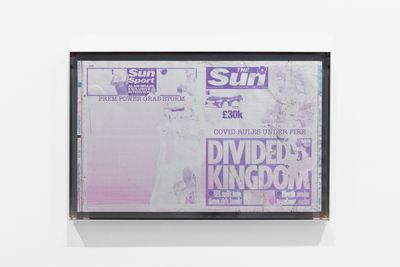

Bruno Zhu, Norwegian Average (or Medium), 2022
pencil on card
32 × 35 cm (12 ⅝ × 13 ¾ inches)
pencil on card
32 × 35 cm (12 ⅝ × 13 ¾ inches)
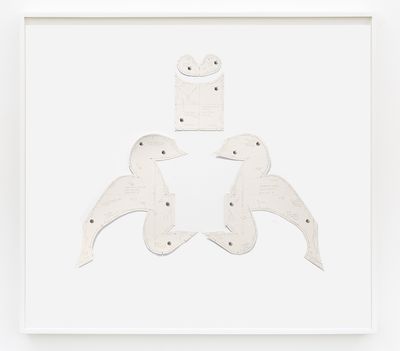

Bruno Zhu, Norwegian Average (or Medium), 2022
pencil on card
32 × 35 cm (12 ⅝ × 13 ¾ inches) (12 ⅝ × 13 ¾ inches)
pencil on card
32 × 35 cm (12 ⅝ × 13 ¾ inches) (12 ⅝ × 13 ¾ inches)
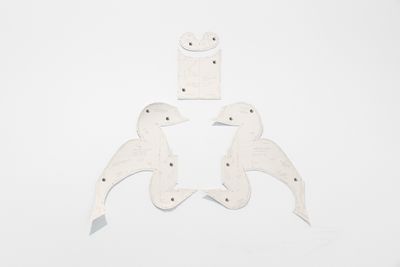

Bruno Zhu, Norwegian Average (or Medium), 2022
pencil on card
32 × 35 cm (12 ⅝ × 13 ¾ inches) (12 ⅝ × 13 ¾ inches) (12 ⅝ × 13 ¾ inches)
pencil on card
32 × 35 cm (12 ⅝ × 13 ¾ inches) (12 ⅝ × 13 ¾ inches) (12 ⅝ × 13 ¾ inches)
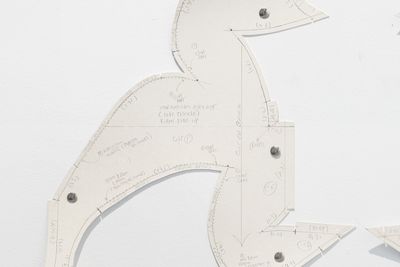

Bruno Zhu, Norwegian Average (or Medium), 2022
pencil on card
32 × 35 cm (12 ⅝ × 13 ¾ inches) (12 ⅝ × 13 ¾ inches) (12 ⅝ × 13 ¾ inches) (12 ⅝ × 13 ¾ inches)
pencil on card
32 × 35 cm (12 ⅝ × 13 ¾ inches) (12 ⅝ × 13 ¾ inches) (12 ⅝ × 13 ¾ inches) (12 ⅝ × 13 ¾ inches)
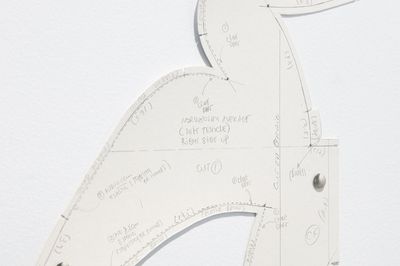

Bruno Zhu, Norwegian Average (or Medium), 2022
pencil on card
32 × 35 cm (12 ⅝ × 13 ¾ inches) (12 ⅝ × 13 ¾ inches) (12 ⅝ × 13 ¾ inches) (12 ⅝ × 13 ¾ inches) (12 ⅝ × 13 ¾ inches)
pencil on card
32 × 35 cm (12 ⅝ × 13 ¾ inches) (12 ⅝ × 13 ¾ inches) (12 ⅝ × 13 ¾ inches) (12 ⅝ × 13 ¾ inches) (12 ⅝ × 13 ¾ inches)
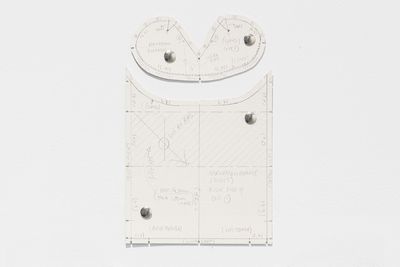

Bruno Zhu, Broom, 2022
Pencil on card
Pencil on card
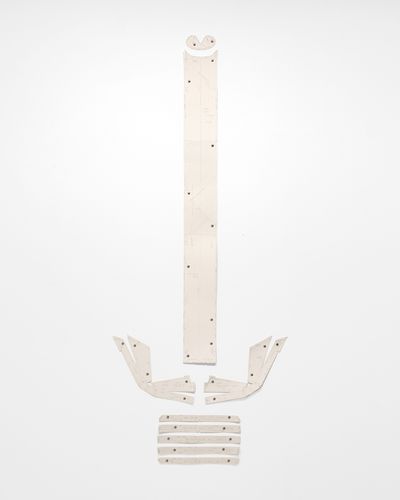

Bruno Zhu, Broom, 2022
Pencil on card
Pencil on card
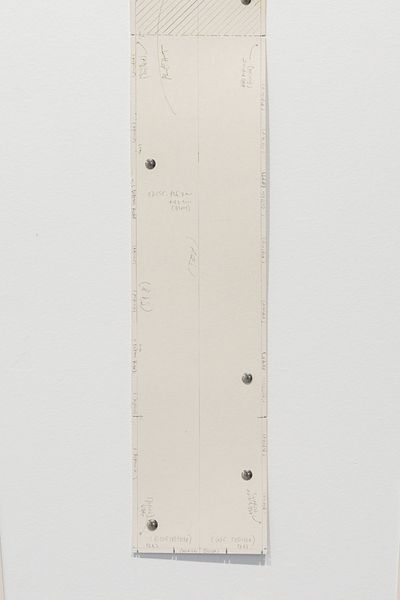

Bruno Zhu, 16:40 is an hour that haunts me, 2008-22
LED light bulb, cable, fabric
LED light bulb, cable, fabric
